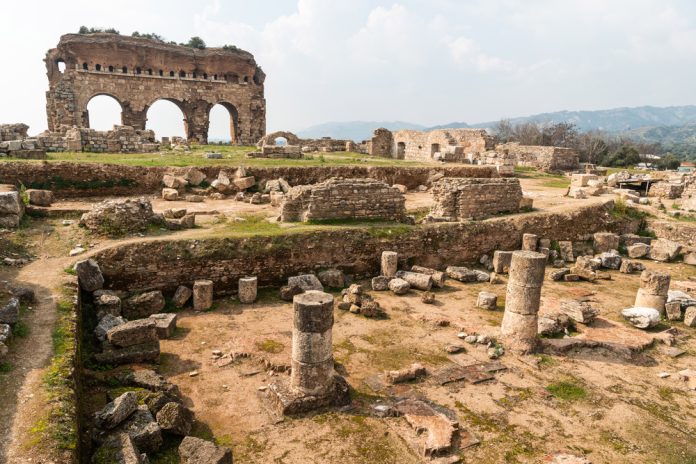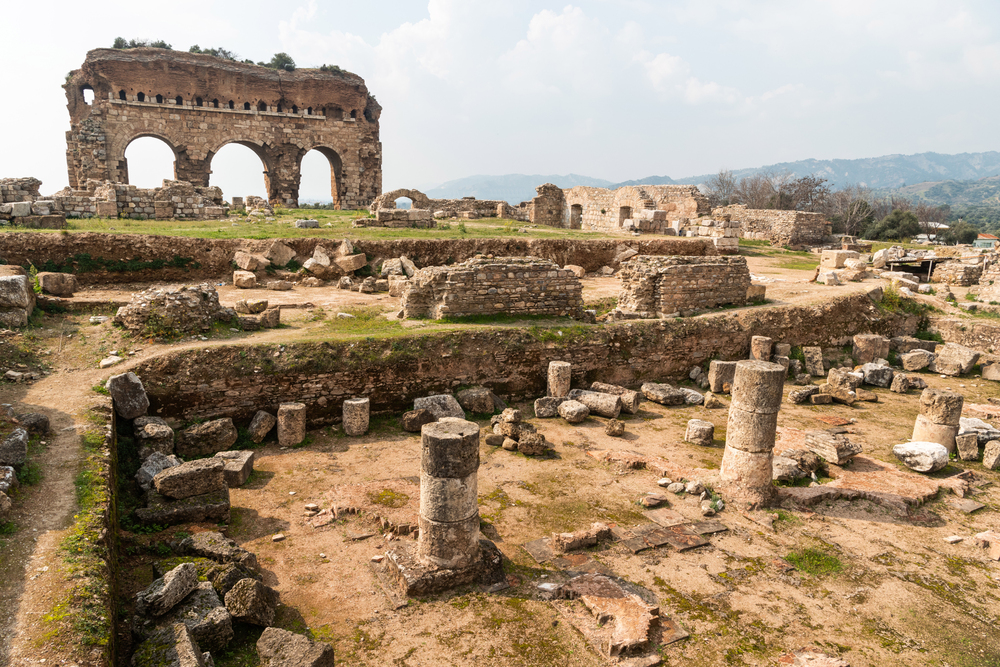
Might the history of civilization be so much older and bizarre than we have the courage to suppose? For generations, conventional archaeology has promoted a vision of the emergence of humanity from the Stone Age to skyscrapers in a gradual, linear progression. But there are mysterious artifacts and provocative anomalies scattered throughout the world that seem to mutter of an overlooked paragraph, one in which superior knowledge and engineering existed long before the advent of writing.

This isn’t the realm of science fiction, but a collection of hard-to-dismiss clues that have left even seasoned researchers scratching their heads. What if the ruins, myths, and mysteries we’ve uncovered are not merely outliers, but the surviving echoes of a world lost to time? Here are seven of the strongest arguments for the history-challenging information that makes us question our assumptions and the actual depth of the Earth’s concealed past.

1. The Uncanny Accuracy of the Great Pyramid
The Great Pyramid of Giza is a marvel of ancient engineering that still defies experts. Constructed more than 4,500 years ago, its alignment with true north is so accurate that even modern compasses hardly beat it. All of its over two million stone blocks, some of them weighing as much as 80 tons, were positioned with such precision that, according to English Egyptologist Flinders Petrie, ‘the joints are so tight you can’t slide a razor blade between them.’ Petrie himself was stunned by the workmanship, stating the tools employed must have been ‘such as we ourselves have only now reinvented.’ How did the builders manage with only manpower and copper tools? Although most credit the achievement to creative design and sheer willpower, the magnitude and accuracy have encouraged speculation about lost skills or knowledge bequeathed by an even older, more advanced civilization. The argument rages on, but the pyramid’s perpetual mystery is a lodestar for those searching for remnants of vanished civilizations. The granite sarcophagus in the King’s Chamber is only one instance of craftsmanship equal to that of today.
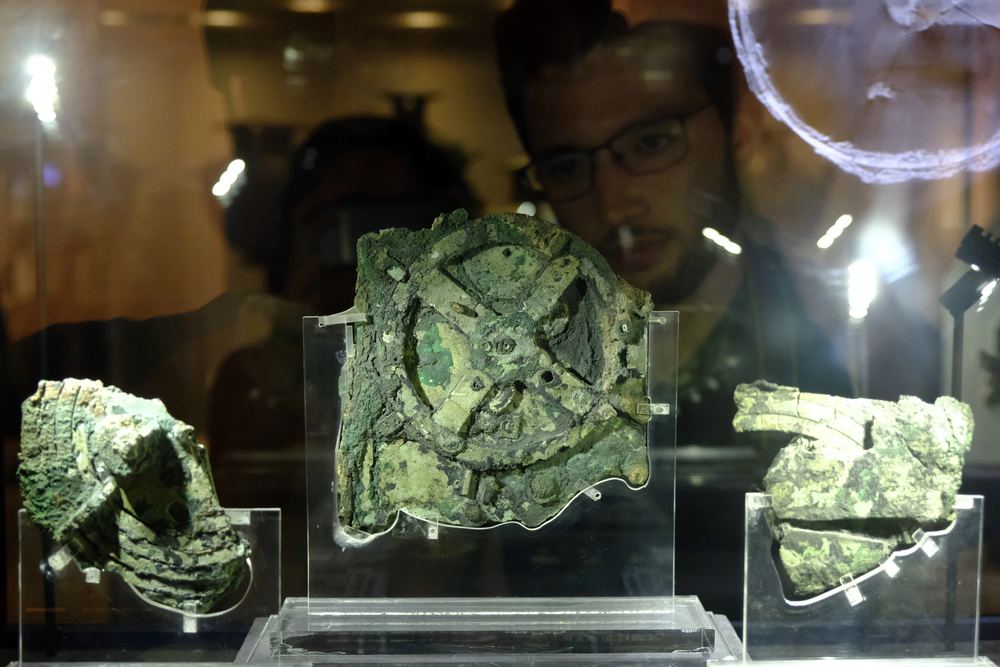
2. The Antikythera Mechanism: Was It an Ancient Computer?
When sponge divers stumbled upon a rusted lump of bronze off the Greek island of Antikythera in 1901, few could have dreamed that it would redefine our knowledge of ancient technology. Years of meticulous study unveiled the object as the Antikythera Mechanism a sophisticated arrangement of gears, dials, and inscriptions that served as an astronomical calculator. As Tony Freeth, one of the top researchers, noted: ‘THIS PRECISION GEARING’. IS COMPLETELY UNKNOWN FROM THE ANCIENT WORLD.’ (quoted in Smithsonian Magazine). The machine was able to foresee lunar and solar eclipses, observe planetary locations, and even compensate for the moon’s varying speed, utilizing mechanical principles not encountered again until the 14th century. New x-ray tomography revealed yet more sophisticated gearing and inscriptions, pointing toward a series of such machines and knowledge potentially lost to history. The Antikythera Mechanism’s complexity has caused some to question whether it is a momentary glimpse of an earlier, much more advanced science. Pieces of the mechanism still puzzle, with only a third having been salvaged from the ocean.
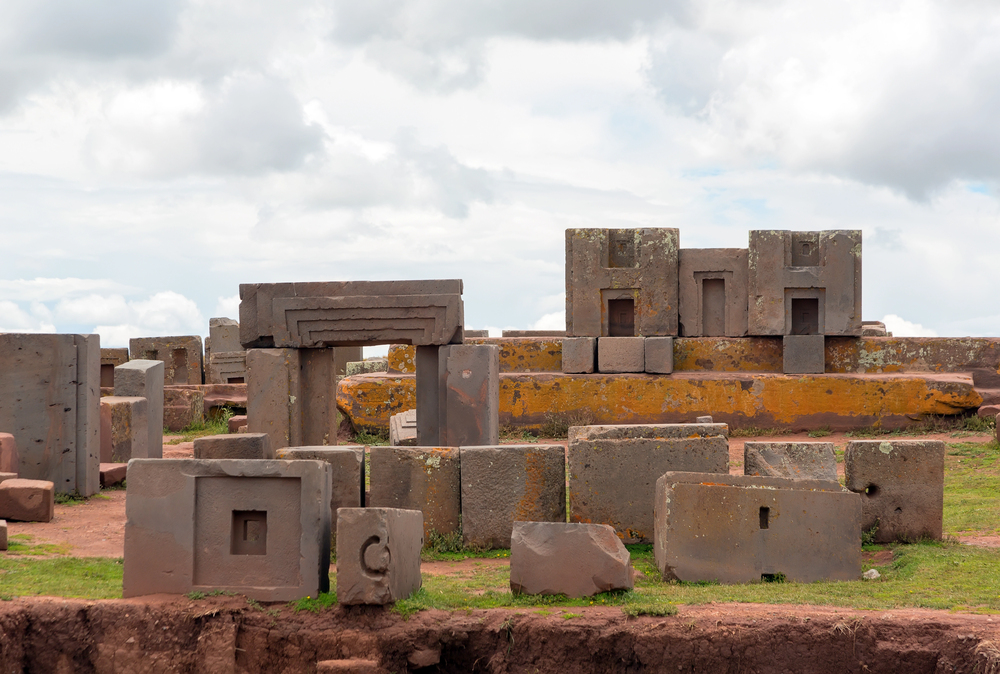
3. Unexplained Megaliths
From continent to continent, gigantic stone structures stand where they should not by rights. In Bolivia at Puma Punku, up to 130-ton rocks are precisely cut like machines and have no mortar to hold them together, with their joints so close that a piece of paper cannot fit between them. At Lebanon’s Baalbek, the Trilithon blocks weigh as much as 800 tons each, beyond the capability of all known ancient lifting technologies. Even today’s cranes could not accomplish such a feat. Chief engineer Jesse Warren, discussing the Valley and Sphinx Temples in Egypt, conceded, ‘watching how they transported these massive 200-ton blocks, possibly thousands and thousands of years ago, I have no idea how they completed this task.”. It’s a mystery, and it’ll likely forever remain a mystery to me.’ The magnitude and accuracy of these megaliths have spurred others to suggest the presence of lost technologies or ancient forgotten engineering principles, perhaps left behind from a previous age of human or even pre-human genius. Recent excavations in Siberia suggest even larger stones, to be deciphered.

4. Flood Myths and the Geological Record
Almost every ancient civilization speaks of a worldwide flood that destroyed a previously great society. Such tales resonating from Mesopotamia to the New World frequently exhibit eerie parallels: divine wrath, worldwide flood, and a few survivors. Some reject these as myth or reaction to regional catastrophes, but geological data indicate that sea levels dramatically increased at the close of the last Ice Age, 11,000 years ago. According to a study in Antiquity, about 20 million square kilometers of land were submerged, potentially erasing entire coastal societies. Could these flood myths be fragmented memories of real events, perhaps even the downfall of a lost civilization? The alignment of myth and science is a tantalizing clue that our planet’s past may be more turbulent, and more populated, than we think.

5. Ancient Maps with Impossible Accuracy
The Piri Reis map, created in 1513 by an Ottoman admiral, has been a source of confusion to historians for centuries. It correctly shows regions of South America and, more remarkably, the coast of Antarctica hundreds of years before its formal discovery. The Antarctic region is shown as ice-free, implying it was charted before the continent became frozen, which would put the source material tens of thousands of years ago. Piri Reis himself asserted that he had drawn his map from much older charts. And while skeptics argue the possibility of coincidence or misreading, the accuracy of the map opens the door to the idea that ancient seafarers had superior geographic knowledge or received it from a lost civilization drowned beneath the waves. The origins of these maps are still a mystery.

6. Unexplained Knowledge of the Cosmos
The ancient Sumerians listed planets undetectable to the naked eye. The Dogon people of Mali described the Sirius star system, including details only confirmed by modern telescopes. How did these cultures acquire such knowledge? While some attribute it to careful observation and oral tradition, the specificity and accuracy of their information, such as orbital patterns and companion stars, defy easy explanation. These anomalies suggest the transmission of advanced astronomical knowledge, possibly from a source outside the known historical record. Could these be examples of contact with a lost civilization, one whose scientific accomplishments have otherwise disappeared?
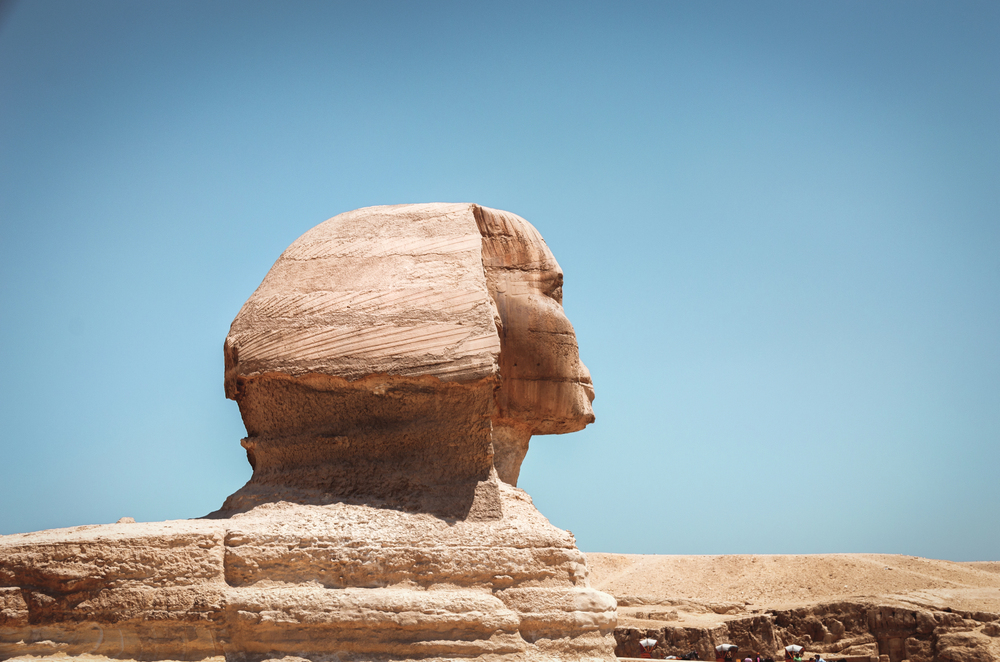
7. Out-of-Place Artifacts and the Limits of Archaeology
Spattered through the archaeological record are things that appear to make no sense: a spark plug-shaped object found within 500,000-year-old rock, or an aluminum gear within 300-million-year-old coal. These so-called ‘out-of-place artifacts’ (OOPArts) tend to be explained away as hoaxes or misidentifications, but the fact that they exist still fuels controversy. As one recent study in the International Journal of Astrobiology observes, the dynamic geology of Earth erosion, tectonic activity, and submersion might easily destroy the majority of evidence of an old civilization. The prospect exists that if only one OOPArt is real, our present chronology of intelligent life on Earth is pathetically incomplete.
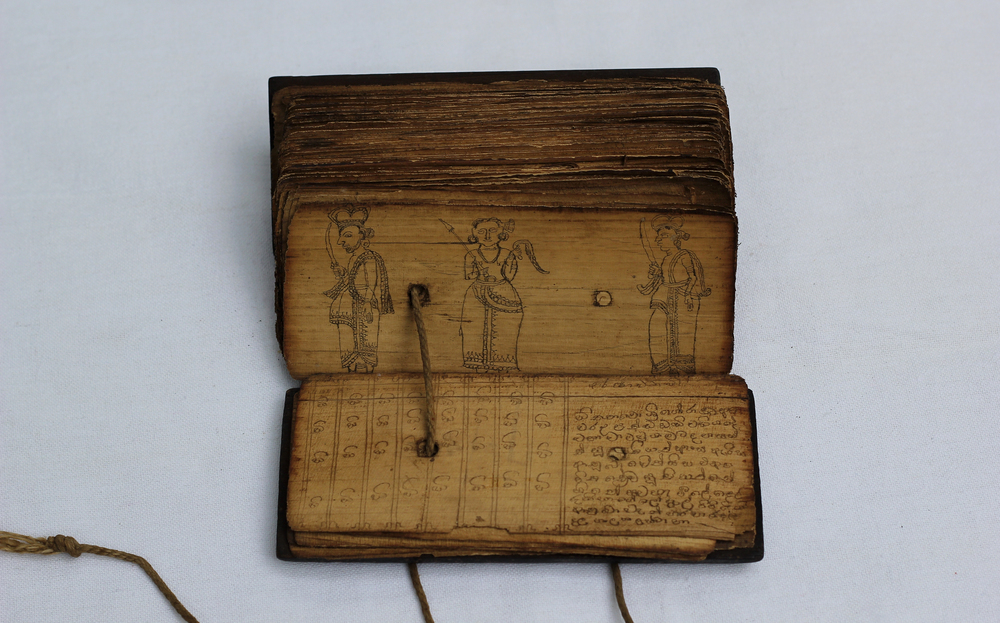
The proof is tenuous, the questions deep. While conventional science rightfully insists upon exceptional evidence for exceptional claims, the fact that these anomalies linger indicates perhaps that the history of civilization is more complex and enigmatic than we have so far conceived. As new technologies AI, LIDAR, and deep-sea expeditions, shed light on the past, the likelihood of unearthing overlooked pages in the saga of human history becomes increasingly tangible. Whether they lead to forgotten human cleverness or something yet more inexplicable, they speak to us that history is not a sealed book, but a mystery yet to be unraveled.
